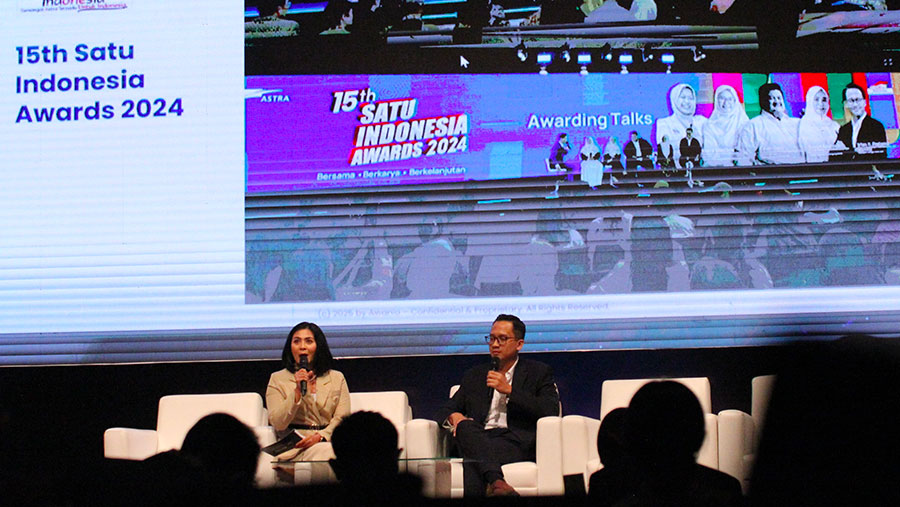The European Union has recently made a strategic decision that could significantly enhance Tesla’s foothold in the European market by reducing tariffs on its vehicles produced in China. This move, which has garnered significant attention, stands in stark contrast to the higher tariffs imposed on other Chinese electric vehicle (EV) manufacturers, highlighting the EU’s targeted approach to trade relations.
This decision follows a broader move by the EU to increase tariffs on all electric vehicles imported from China, driven by concerns over what it perceives as “unfair” state subsidies that provide Chinese EV manufacturers with a competitive edge over their European counterparts.
Tesla, which operates a factory in Berlin while also exporting a substantial number of vehicles from its Shanghai plant to Europe, had initially been hit with a 20.8% tariff, a rate that could have hindered its competitive position in the European market. However, on Tuesday, the European Commission, the EU’s executive branch, announced a reduction in this tariff to 9%.
This reduction is significant when viewed in the broader context: while all EV imports into the EU are subject to a standard 10% duty, Tesla’s revised rate is much lower than the additional tariffs imposed on other Chinese automakers, which range from 17% to 36.3%.
The European Commission explained that the lower tariff reflects the “level of subsidies” Tesla received in China, and that the decision was based on thorough investigations conducted in China, consistent with the evaluations of other Chinese exporters. Despite this, Tesla has not yet commented on the Commission’s decision.
Gregor Sebastian, a senior analyst at the Rhodium Group, expressed surprise at Tesla’s relatively low tariff rate, citing factors such as local government loans and subsidized batteries from Chinese supplier CATL that could have influenced the Commission’s decision. However, without full transparency on the methodology used, it remains difficult to draw a definitive conclusion.
Although the revised tariff is not entirely favorable for Tesla, it does offer the company some competitive advantages, especially against major competitors like SAIC. The state-owned Chinese automaker, which owns the iconic MG brand, faces a steep 36.3% tariff, reserved for companies considered “non-cooperative” by the Commission. Geely, another major Chinese player that owns Volvo, is subject to a 19.3% tariff, while BYD, a direct competitor with Tesla for the title of the world’s largest EV maker, faces an additional 17% duty.
These tariffs, although slightly lower than those initially proposed in June, still reflect the EU’s strategic approach to managing competition from Chinese automakers. Some Chinese companies in joint ventures with European automakers may benefit from lower tariffs of 21.3%.
In response, China’s Commerce Ministry voiced strong opposition, labeling the EU’s findings as “distorted” and pledging to defend the interests of Chinese companies.
The impact of these tariffs on Tesla and its competitors is already evident. Following the initial implementation of the tariffs in July, Tesla raised the price of its Model 3 in Europe by about 4%, resulting in a new price of €42,490 ($42,177). Despite this increase, the Model 3 remains cheaper than the BYD Seal, and with the reduced tariff, it is expected to maintain its competitive edge.
BYD, on the other hand, has not yet raised its prices in Europe, despite the additional tariffs. Sebastian notes that BYD is better positioned to absorb these costs due to its lower production expenses relative to its European prices, potentially absorbing up to a 45% tariff increase.
BYD might also shift focus to exporting plug-in hybrid electric vehicles, a segment Tesla does not compete in, as the current tariffs only apply to battery EVs. Additionally, BYD could consider manufacturing vehicles in Turkey to avoid EU tariffs, as imports from Turkey are exempt.
Despite the challenges of higher tariffs, Chinese EV makers are unlikely to withdraw from the European market, which remains critical to their global strategy. Europe accounted for over a third of their exports last year, with strong profit margins that make continued investment in the region highly likely.
This situation highlights the intricate dynamics of international trade in the fast-evolving EV market, with Tesla and its Chinese competitors navigating a complex landscape of tariffs, subsidies, and strategic decisions.





